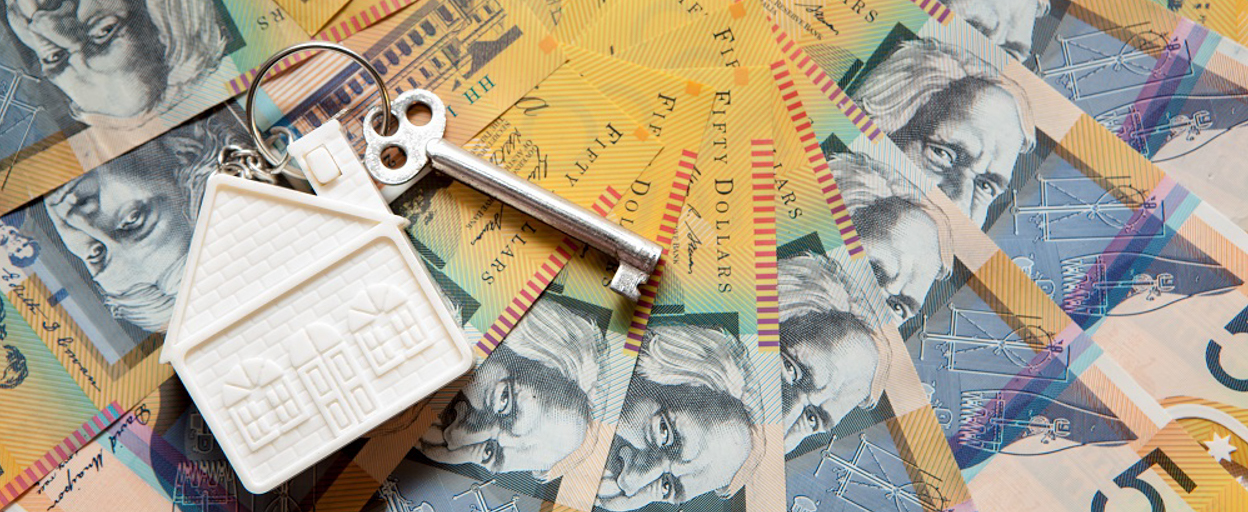- 08 Jul 2025
- 3 min read
- By Claire Ryan
RBA running hot and cold with cash rate cuts, says REIQ
The Real Estate Institute of Queensland (REIQ) says the Reserve Bank of Australia’s (RBA) decision to hold the cash rate steady at 3.85 per cent in July has surprised markets and borrowers, introducing a hot and cold pattern of rate cuts in 2025.
REIQ CEO Antonia Mercorella said after a 25 basis point cut in February to 4.10 per cent, a pause in April, and another 25 basis point cut in May to 3.85 per cent, most had anticipated the easing cycle would continue in July given the sluggish economy and easing inflation.
She said the RBA’s cautious approach may reflect a desire to assess the full impact of the May rate cut before committing to further easing.
“Today’s pause will come as an unexpected and somewhat disappointing move for borrowers and businesses alike - but the RBA is best placed to make the judgment,” Ms Mercorella said.
“Many were expecting a further rate cut in July to support economic activity, especially after a string of soft economic indicators.
“Instead, the RBA appears to be tapping the brakes, potentially to allow earlier cuts to flow through the economy before acting again.”
Despite the July pause, Ms Mercorella said the two rate cuts delivered so far this year are already easing the financial pressure on Queensland households and encouraging more activity in the property market.
“A borrower with a $647,000 average new owner-occupier loan in Queensland is saving around $196 per month if lenders passed on both 25 basis point cuts of 2025,” she said.[1]
Ms Mercorella said the cuts earlier in the year had also expanded borrowing capacity.
“An average single income earner can still borrow approximately $20,000 more than they could at the start of the year,” she said.[2]
“For a dual-income couple with two kids, borrowing power is up by about $30,000 – which could be the difference between entering the market or being locked out.”
Ms Mercorella said the July hold doesn’t diminish the strong case for continued easing in coming months.
“Since the last rate cut in May, GDP data confirmed the economy is barely growing, with just 0.2% growth in the March quarter and a 0.4% annual decline in GDP per capita,” she said.[3]
“Inflation has now landed comfortably within the RBA’s target band, with annual CPI at 2.1% in May and annual trimmed mean ‘core’ inflation at 2.4% – the lowest in nearly four years.[4]
“The RBA has acknowledged that while inflation is moderating, they want more evidence it is fully anchored and sustainable within the 2-3% target band.
“Business conditions remain subdued and consumer confidence is still fragile – the Westpac-Melbourne Institute index showing only modest improvement. It rose only slightly in June, up 0.5% to 92.6, still well below the neutral mark of 100, with economists describing consumers as being ‘stuck in cautious optimism’.[5]
“There is also still uncertainty lingering around global trade.
“Taken together, these indicators suggest that the RBA has more room, and reason, to cut in future but have not wanted to rush.”
Ms Mercorella said while lower interest rates help, they need to be paired with housing supply solutions.
“For property investors, the high borrowing costs of recent years have clearly weighed on sentiment – ABS data shows a 3.7% drop in new investor loans nationally between the December 2024 and March 2025 quarters. For Queensland, the drop was 0.1%.[6]
“However, the number of new investor loan commitments in Queensland in the March quarter of 2025 of 11,603 remains above the historical average of 9,179 (since the September quarter of 2019), and lower interest rates could further revive investor participation – especially in a tight rental market.
“Loan commitments to owner-occupiers in Queensland remain below historical averages (17,513 in the March quarter of 2025 vs 18,665 average since September quarter of 2002), and unless we see coordinated policy action across all levels of government to boost new housing stock, lower interest rates won’t cut it to restore balance to the housing market,” she said.
“Queenslanders need both monetary and policy support to ensure sustainable, long-term affordability.”
New housing approvals are still falling short. In the 12 months to May 2025, Queensland approved around 37,600 dwellings – around 24% lower than the 49,300 per year needed to meet our share of the national housing target.
ENDS
Media enquiries:
Claire Ryan, REIQ Media Manager, M: 0417 623 723 E: media@reiq.com.au
Read another media release from the REIQ: Real estate is the hero of the Queensland Budget.
Or browse our media releases.
[1] The average loan value assumption is based on the December quarter figures from ABS Lending Indicators, Table 7. Households; Housing finance; Owner occupiers; By detailed purpose; New loan commitments; Queensland; Numbers and values. A current variable interest rate of 6.0% was assumed based on December data reported by the RBA in Lenders’ Interest Rates. The estimated monthly saving was calculated using the MoneySmart Mortgage Calculator, assuming the default assumptions of a 25-year loan term and $10 monthly fees.
[2] The estimated annual salary of $103,450 is based on the ABS Trend value for average weekly full-time adult ordinary time earnings in Queensland reported in ABS Average Weekly Earnings. In estimating the borrowing capacity for a couple, both are assumed to earn this amount each. A current variable interest rate of 6.0% was assumed based on March data reported by the RBA in Lenders’ Interest Rates. The calculations assume no dependents and average bills/living expenses are $1,900/month for singles and $6,600/month for couples with two children based on Muval data.
You may also like
View All Articles
View All Articles


Start your Real Estate Career
Need help? 1300 697 347 or contact us




